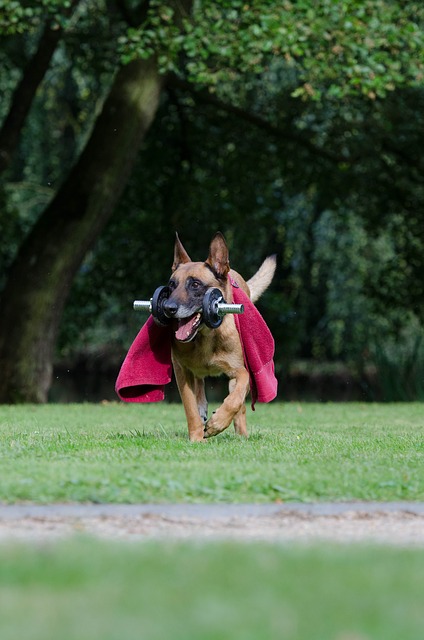
How to Train a Dog?
Without lures, force, props, or mind-numbing repetitions, dog training is possible. Indeed, the dog has a very developed education capacity because of its domesticity. You must ask the only question: how do you go about it?
How learning works in dogs
Learning occurs when an individual, placed several times in the same situation, modifies or adapts his behavior systematically and relatively durable way. It is about all the memorization processes implemented by the animal or man to elaborate or change specific behavioral patterns under the influence of its environment and experience. Learning, therefore, involves memory, experience, and the environment.
Memory in dogs
In humans, memory is evocative (suggestive), whereas, in dogs, it is associative. Let’s take an example:
– If a human sees a stick on the side of a road, he might think it could be a weapon, a walking aid, the structure of a hut, etc.
– For the dog, it will only be a stick that he may want to chew or drag (predation, play), but that will be all.
– Let’s pick up this stick and hit him with it: not all sticks will become a source of danger for him, but the association man + stick will. It will be the same with a cap used to hit him: man + cap = danger.
We also find this with the veterinarian in the case of “painful” care: white coat = pain.
Intraspecific learning

Intraspecific learning takes place between members of the same species:
– It is from the third week that the puppy will set out to discover its environment (exploratory behaviors):
◦ The richness and diversity of what surrounds him will be decisive for acquiring experiences (sounds, noises, smells, children, other species, other dogs, etc.).
◦ However, it will be the bitch who will first transmit her perception of this environment.
– From the fourth week begins the socialization phase that will last until adulthood :
◦ The presence of other dogs will be a guarantee of socialization that will be manifested by the adoption of rituals (communication), the avoidance of conflicts, and inhibition to bite.
◦ There is no better learning than between dogs.
Interspecific learning
Here we are talking about learning between members of different species, especially with humans. Its form and content cannot be generalized as our expectations are so different, if not divergent, in the relationship we have with the dog. However, in direct relation to these expectations, interspecific learning will generally take the form of the acquisition of know-how materialized by conditioning.
Conditioning
This brings us to the question: can conditioning be considered learning?
– Learning consists in building or modifying the representation that an organism has of its environment. In this sense, conditioning is indeed learning. There is no doubt that it has a significant influence on the perception of the environment. It is even indispensable in the case of dogs considered “utilitarian”.
– However, in the context of the pet dog, due to the laws that govern it, conditioning does not guarantee reliability or durability (repetition, extinction). What will distinguish successful learning from another will be only its acquisition: is it long, laborious or fast?
You can summarize the exact form of successful learning: If beneficial, experience → production or modification of behavior → storage in memory → reuse. In this case, 1 or 2 experiences are enough for the dog. Then there is no longer any need to experiment (repetition) because it has become a given. Therefore, it is quite possible to obtain reliable and lasting behaviors without going through countless conditioning sessions simply by using the dog’s natural abilities, the main one being communication.
Read more:
- Does Your Dog Suffer From Coprophagia?
- Why Do Dogs Mark Their Territory?
- The Dog and Its Territory: Proxemics






1 thought on “How to Train a Dog?”